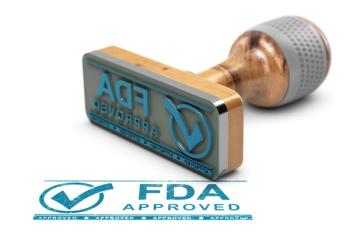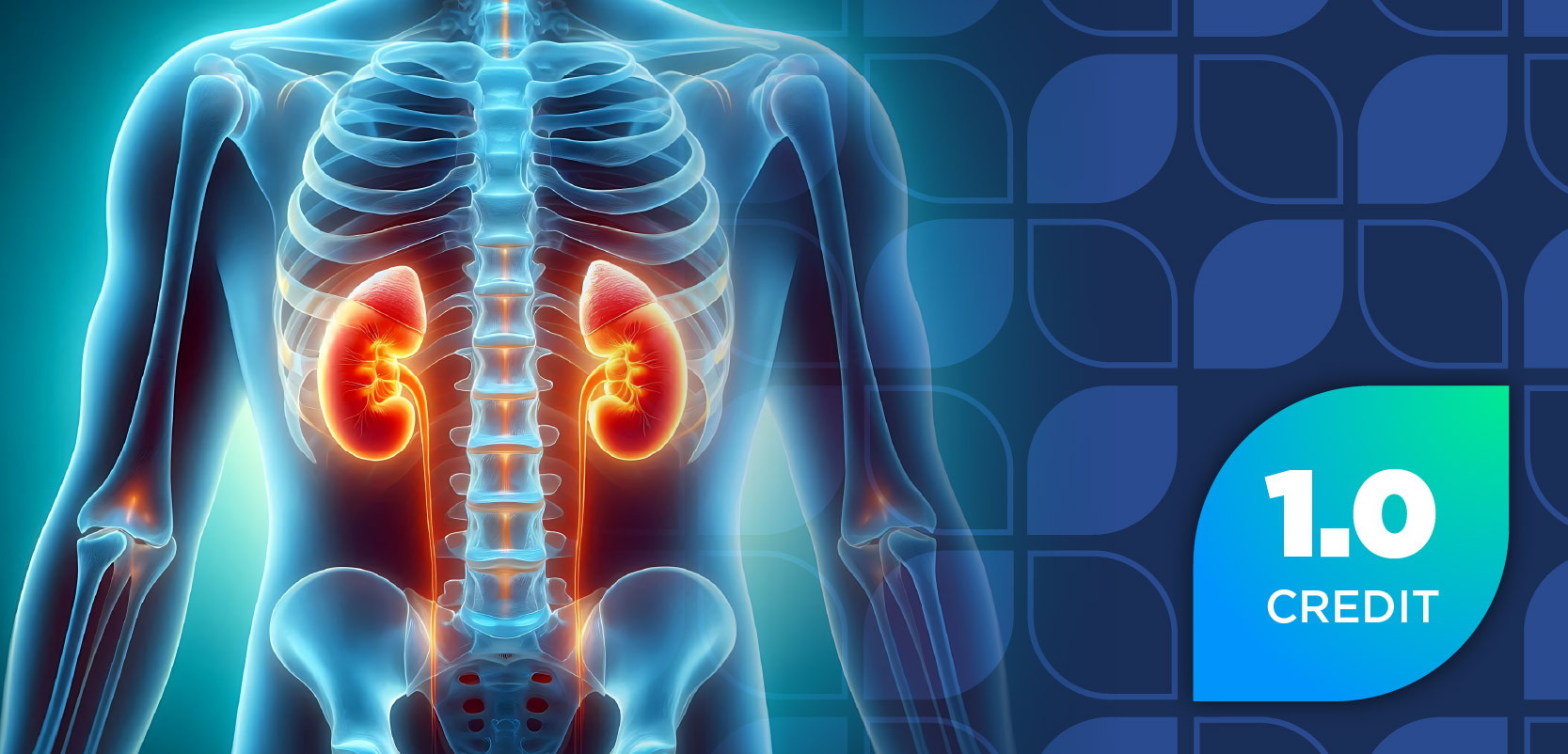
Meta-Analysis Suggests P2Y12 Inhibitor Is a Better Choice for Long-Term Single Antiplatelet Therapy
A meta-analysis suggests that long-term P2Y12 inhibitor monotherapy after percutaneous coronary intervention may offer superior protection against major adverse cardiac and cerebrovascular events compared with aspirin, without increasing major bleeding risk—potentially challenging current guideline recommendations for antiplatelet therapy beyond 1 year.
Coronary artery disease (CAD) is the most common heart disease in the United States, affecting 1 in 20 adults over the age of 20 years and causing over 371,000 deaths each year.1 Approximately 805,000 people experience a myocardial infarction (eg, heart attack) annually at a rate of 1 person every 40 seconds.1
Antiplatelet therapy following percutaneous coronary intervention (PCI) has been a standard of care for decades. High rates (almost 20%) of stent thrombosis were seen in early clinical trials of PCI, which led to the introduction of aspirin into the pharmacotherapy regimen of these patients.2 In the late 1990s, the benefit of 4 weeks of dual antiplatelet therapy (DAPT), a combination of aspirin with a P2Y12 inhibitor, was illustrated in studies that showed significantly lower rates of stent thrombosis in patients treated with a combination of aspirin and ticlopidine compared to aspirin alone.2,3
Over the years, recommendations for which P2Y12 inhibitor to use, duration of DAPT, and preferred monotherapy antiplatelet thereafter have been continuously refined as a growing body of evidence became available. Current US guidelines published collaboratively by the American College of Cardiology, the American Heart Association, the American Academy of Emergency Medicine, and other medical associations recommend DAPT following [piecewise constant hazard] for stable ischemic heart disease and acute coronary syndrome.4,5 While recommendation for DAPT duration varies based on clinical scenario and risk for bleeding, the guidelines recommend continuing P2Y12 inhibitor monotherapy for at least 1 year after PCI.4,5 European guidelines make similar recommendations.3 After 1 year, the guidelines recommend aspirin monotherapy.6 However, a new meta-analysis recently published in the British Medical Journal indicates that aspirin as the standard long-term antiplatelet may not be the most effective choice.7
The meta-analysis by Giocoppo et al, published in June 2025, included 5 randomized trials published through June 1, 2024, which enrolled 16,117 patients. Each of the trials compared long-term aspirin to P2Y12 monotherapy. Baseline characteristics were well-balanced, and enrollment was generally representative of PCI data epidemiology for age, gender, and co-occurring conditions. There was a median follow-up of 1351 days. Significantly fewer patients who received long-term P2Y12 inhibitor monotherapy experienced a major adverse cardiac and cerebrovascular events (MACCE) compared with those who received aspirin monotherapy (n=341 vs n=441; HR, 0.77; 95% CI, 0.67-0.89; P<.001). A 2-stage analysis showed consistent results and not heterogeneity between trials.
One concern with long-term P2Y12 inhibitor use has historically been bleeding risk. However, the meta-analysis showed no difference in the occurrence of major bleeding between the 2 groups (n=160 vs. n=162; adjusted HR, 1.12; 95% CI, 0.74-1.7; P=.6). Interesting, there was a significant reduction of the study’s secondary outcome of a net composite of adverse cardiac and cerebrovascular events—which included MACCE, bleeding, and all cause death, cardiovascular death, myocardial infarction, stroke, and stent thrombosis—with P2Y12 inhibitor monotherapy compared to aspirin (n=458 vs 544; HR, 0.86; 95% CI, 0.78-0.98; P=.03). There were no differences seen between groups in death, cardiovascular death, hemorrhagic stroke, or stent thrombosis. However, long-term use of a P2Y12 inhibitor resulted in significantly fewer myocardial infarctions (n=131 vs n=190; P=.001), strokes (n=90 vs n=135; P=.006), and ischemic strokes (n=59 vs n=94; P=.005). Finally, there was no difference in major or gastrointestinal bleeding (P=.26 and .39, respectively). Age, gender, body habitus, co-occurring conditions, and geography had no effect on the results.
What implications this meta-analysis may have for clinical practice remain to be seen. In some practices, the use of a P2Y12 inhibitor beyond 1 year is more commonplace due to prescriber preference. The median follow-up across the included studies was approximately 3 years. Efficacy and safety data on even longer-term milestones, such as 5, 10, and 20 years (or longer) would strengthen support for a long-term, if not lifelong, P2Y12 inhibitor monotherapy approach. Unfortunately, the data have not been well-documented in the way short-term outcomes have been studied. Still, based on the information that is available, it appears that continuing the P2Y12 inhibitor beyond 1 year from a PCI seems reasonable, particularly in patients with low concern for bleeding.
REFERENCES
Heart Disease Facts. Centers for Disease Control and Prevention. October 24, 2024. Accessed June 5, 2025. https://www.cdc.gov/heart-disease/data-research/facts-stats/index.html
Leon MB, Baim DS, Popma JJ, et al. A Clinical Trial Comparing Three Antithrombotic-Drug Regimens after Coronary-Artery Stenting. N Engl J Med. 1998;339(23):1665-1671. doi:10.1056/NEJM199812033392303
Valgimigli M, Bueno H, Byrne RA, et al. 2017 ESC focused update on dual antiplatelet therapy in coronary artery disease developed in collaboration with EACTS: The Task Force for dual antiplatelet therapy in coronary artery disease of the European Society of Cardiology (ESC) and of the European Association for Cardio-Thoracic Surgery (EACTS). Eur Heart J. 2018;39(3):213-260. doi:10.1093/eurheartj/ehx419
Rao SV, O’Donoghue ML, Ruel M, et al. 2025 ACC/AHA/ACEP/NAEMSP/SCAI Guideline for the Management of Patients With Acute Coronary Syndromes: A Report of the American College of Cardiology/American Heart Association Joint Committee on Clinical Practice Guidelines. Circulation. 2025;151(13):e771-e862. doi:10.1161/CIR.0000000000001309
Lawton JS, Tamis-Holland JE, Bangalore S, et al. 2021 ACC/AHA/SCAI Guideline for Coronary Artery Revascularization: A Report of the American College of Cardiology/American Heart Association Joint Committee on Clinical Practice Guidelines. Circulation. 2022;145(3):e18-e114. doi:10.1161/CIR.0000000000001038
Watanabe H, Morimoto T, Natsuaki M. Clopidogrel vs Aspirin Monotherapy Beyond 1 Year After Percutaneous Coronary Intervention. JACC. J Am Coll Cardiol. 2024;83(1):17-31. doi:10.1016/j.jacc.2023.10.013
Giacoppo D, Gragnano F, Watanabe H, et al. P2Y12 inhibitor or aspirin after percutaneous coronary intervention: individual patient data meta-analysis of randomised clinical trials. BMJ. 2025;389:e082561. doi:10.1136/bmj-2024-082561
Newsletter
Stay informed on drug updates, treatment guidelines, and pharmacy practice trends—subscribe to Pharmacy Times for weekly clinical insights.


















































































































































































































